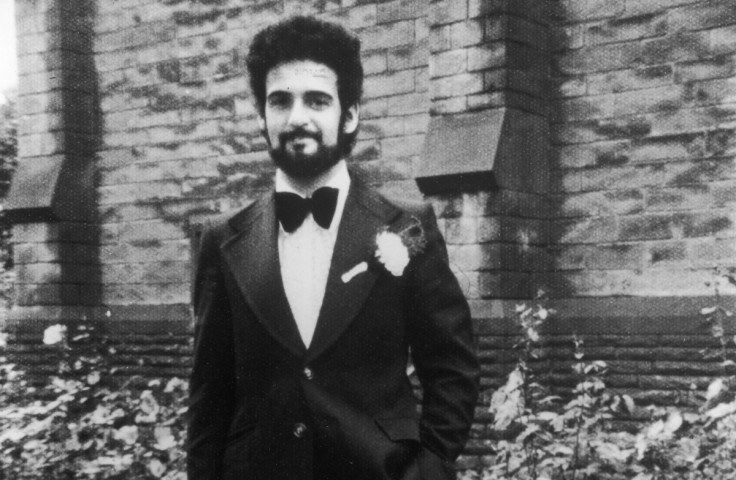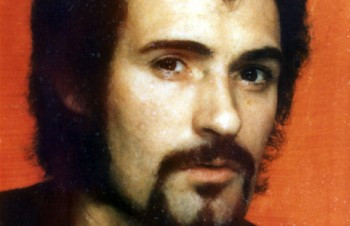I was followed by the Yorkshire Ripper in 1980 - we must finally accept he was bad, not mad
Peter Sutcliffe was a sadistic killer who took pleasure in the suffering of his female victims.

Hearing the name Peter Sutcliffe on the radio this morning catapulted me back to a place in time when just about every female in the country was scared to go out at night. Between 1975 and 1981, a man dubbed by the press as the Yorkshire Ripper had killed 13 women, often striking after dark.
At first I wondered if Sutcliffe had died, but the news was that the serial killer will soon be moved to a prison from Broadmoor, the high-security psychiatric hospital in which the serial killer has been held for 35 years after he was given 20 life sentences for the murder of 13 women and the attempted murders of seven more. There is compelling evidence, uncovered by an investigative journalist and former police officer that Sutcliffe is responsible for at least another 22 murders.
I moved to Leeds from the north-east of England aged 17 in 1978, and later that year joined a hard-line feminist group campaigning to end violence against women and girls. The group was in battle with both the police and the media about the way the Ripper murders were being investigated and reported. Police warned women to 'stay indoors' in order to avoid being targeted by this lone madman, but we argued that men should be the ones under curfew, not women going about our business. We also pointed out that the most dangerous place for women and girls is in the home, and not on the streets.
Some newspaper headlines and reports on the murders were atrocious. If the women had been known (or assumed) to be involved in street prostitution, there was a 'what can you expect' tone from some of the journalists, almost as though rape, murder and mutilation were 'occupational hazards' for these women. This attitude also hindered the police enquiry, which was botched and inadequate from the start.
Early in Sutcliffe's killing spree a 14-year-old girl was struck several times over the head with a hammer, after chatting to her about the weather whilst walking beside her. When the girl reported the attack she saw the photofits compiled by other survivors and told police it was the same man.
They dismissed her because she was "not a prostitute", and it was assumed the Ripper was only interested in such women. On 30 June 1977, an open letter written by police officers and journalists from the Yorkshire Evening Post said: "Your motive it's believed, is a dreadful hate for prostitutes – a hate that drives you to slash and bludgeon your victims."
The murderer was asked how he felt knowing that he had killed an innocent, respectable victim rather than a prostitute. Surely he felt remorse about mistakenly killing Jayne McDonald, a 16-year-old whom Sutcliffe murdered just prior to the publication go the letter. "How did you feel yesterday when you learned your bloodstained crusade against streetwalkers had gone so horribly wrong?" asked the letter. "Your vengeful knife had found so innocent a target?"

In November 1980 I was living in the YMCA, close to Leeds University student accommodation, with my girlfriend. After an evening in the local pub we argued and she stormed off back to our accommodation, leaving me to walk up the hill alone. Just before I reached home, I heard footsteps behind me and turned to see a bearded, dark haired man about five metres behind me. "Hiya love", he said in a broad West Yorkshire accent. At that moment an elderly man appeared from nowhere, and the man with the beard turned around and walked away.
I reported this incident to the police, and was treated appallingly. When I told them the man had spoken to me, and had a Yorkshire accent, they laughed and said it could not have been the Ripper because he had a Geordie accent. A hoaxer at the time of the murders had been writing to West Yorkshire police claiming to be the Ripper, and also sent taped messages. Police relied on this so-called evidence because they had little else to go on. I helped draw up a photofit of the man that followed me. When Sutcliffe was finally caught, the photograph of the man police had arrested was the image of the man who had followed me.

Two days after I had been followed by the bearded man, Sutcliffe's killed his final victim. Jacqueline Hill was a 20-year-old student in the final year of her course at Leeds University, and had just left a seminar for probation officers held in the evening. On her way to her halls of residence, Sutcliffe pounced on her, dragged her behind a shopping centre, pulled her clothes off and stabbed her with a screwdriver repeatedly in the chest and once in the eye.
The sex murders of women are often viewed as the actions of individual madmen, rather than an expression of deep-rooted, institutionalised hatred of women. And yet the the brutal killing of Ian Banyam, the gay man kicked to death in Trafalgar Square, was viewed and largely reported as a hate crime, as was the murder of Stephen Lawrence, stabbed to death by racists.
But the crimes committed by Sutcliffe were those of a man who is bad, not mad. Seemingly in an attempt to get either a reduced sentence for manslaughter, or to be incarcerated in a hospital rather than prison (seen as a preferable option by most lifers because they have more time for recreation and exercise and better care from staff) Sutcliffe claimed he heard voices telling him to kill. In my view, and the opinion of the feminists that had recognised his behaviour as an extreme form of misogyny, Sutcliffe was a sadistic killer who took pleasure in the suffering of his female victims.
During Sutcliffe's trial we would go out spray painting walls with the words, 'Sutcliffe. Bad not Mad.' It is right and proper that he is now being moved to a prison to end his days. It is no doubt a comfort for some people to believe that his heinous crimes could only have been committed by a deranged monster. The truth is uncomfortable but nonetheless important to our understanding of male violence against women – Sutcliffe killed women because he hated them.
© Copyright IBTimes 2024. All rights reserved.







